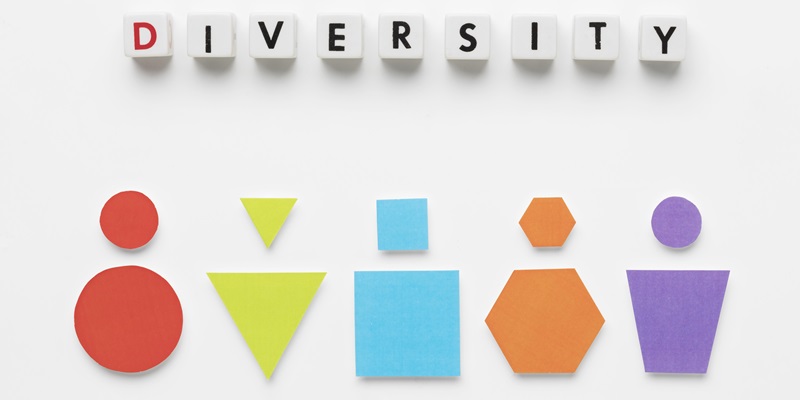The increasing social polarization and changing legal landscape have placed Diversity, Equity, and Inclusion (DEI) initiatives in a tight spot. These challenges have forced organizations to navigate a complex terrain as they strive to maintain an inclusive workplace environment. DEI efforts, once widely embraced, now must contend with legal ambiguities and societal tensions that complicate their integration. Companies remain committed to these values but must be cautious in how they implement DEI strategies to ensure they align with evolving legal stipulations and remain respectful of diverse viewpoints. The delicate balance between fostering inclusivity and adhering to new legal frameworks has become a nuanced task for businesses aiming to uphold the principles of DEI without exacerbating existing societal divides.
Changing Legal Landscape
Legislative shifts have created a dynamic environment where DEI efforts must be continually reassessed. Corporate DEI programs are being closely monitored for compliance with various Anti-Discrimination Laws and Affirmative Action mandates. However, new laws can sometimes contradict the goals of DEI, necessitating frequent adjustments to existing policies. This legal patchwork complicates the implementation of DEI practices and requires businesses to be nimble, extensively knowledgeable about the law, and sensitive to its implications.
Social Perceptions and Resistance
In a society grappling with division, DEI initiatives meet with increasing skepticism and critiques. Various leaders and employee factions question the need and impact of these programs, fearing they may cause unintended divisions or seem unjust to some groups. Consequently, DEI conversations are shifting focus toward unity and individual qualifications rather than solely on diversity.
For DEI strategies to be effective, acknowledging the diversity of opinions in the workforce is key. Organizations must design DEI efforts that go beyond legal compliance and truly connect with employees’ varied backgrounds. Bridging disparate viewpoints with respect is vital for creating a workplace where all can flourish. A nuanced, inclusive approach is paramount for fostering a cohesive and accepting work environment.

